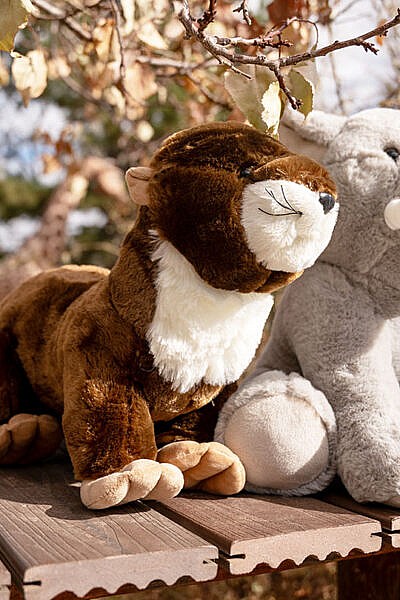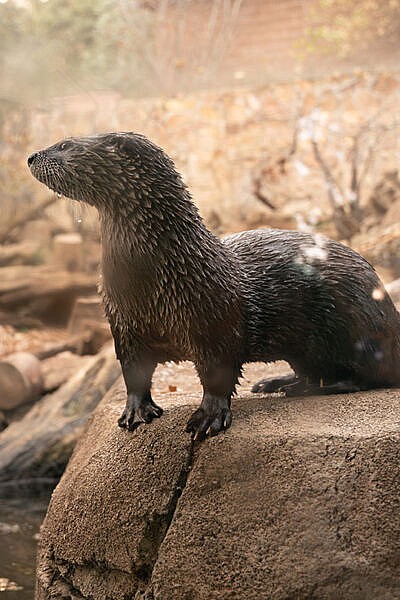Cheyenne Mountain Zoo’s Teen Summer Program has inspired and prepared future biologists and conservationists for decades. Soon, it will welcome new and returning participants for summer 2024. Applications for the highly competitive program for sixth through 12th graders open Thurs., Feb. 1 at cmzoo.org/teenprograms. Applications will only be accepted for two weeks, so nature-loving teenagers should start considering the program now.

From Mon., May 27 through Fri., Aug. 9, 2024, Teen Summer Program participants will work alongside CMZoo staff to interact with animals, guests, keepers and each other. Mabel Kim has been in the Teen Program since the summer before her high school freshman year, and in 2024, she intends to come back for her fourth year.
“Some might assume the Teen Program at the Zoo is all about animals, but it’s one of the richest experiences like this you can get in Colorado Springs,” said Kim. “I’ve learned presentation skills, public speaking, mentoring, writing a resume, interviewing and more. It’s a really fun environment, and we do focus on animals and conservation. Because of this program, I feel prepared to apply for college, internships and jobs.”
In addition to gaining valuable experience working at CMZoo, teen participants learn to be nature’s best stewards with life-changing experiences off Zoo grounds, in Colorado’s wild places and beyond. Teens can expect educational, inspirational experiences, like whitewater rafting, camping, rock climbing, mountain biking, visiting local animal sanctuaries and Associations of Zoos and Aquariums-accredited zoos, and learning to be a leader and an advocate for wildlife and wild places.
“Ultimately, we hope that by offering these experiences that connect the hands, the heart, and the mind to the natural world, these teens will stand up for, and advocate for, the wild places and wild animals of our world,” said Austin Kennedy, CMZoo Extended Education Supervisor. “We focus on leadership training, animal husbandry, interpretation and public speaking, empowerment, and so much more.”

Participants also have the chance to go on an EdVenture Trip with the team, led by EdVenture staff. In 2023, the teens embarked on a six-day off-grid adventure to the wilderness of Glacier National Park. [LINK TO: https://www.cmzoo.org/news/archive/teen-program-inspires-the-next-generation-of-land-and-wildlife-stewards-in-glacier-national-park/] This year, managers are planning for another excursion full of adventure and nature-inspired leadership learning.
“I can’t encourage people enough to apply,” said Kim. “Definitely go for it. You’ll have amazing opportunities with animals, but you’ll also learn real-life and career skills. Plus, you’ll form bonds and make friendships with people who have similar interests, like science, nature, conservation and advocacy.”
EdVenture staff recommends each teen commits to a minimum of 120 program hours for the season. However, to complete the program, there is no minimum or maximum number of participation hours required.

Applications are open Thurs., Feb. 1 until Wed., Feb. 14 at midnight MT. The non-refundable application fee is $25, and no late applications will be accepted. Typically, only one-third of those who apply will be accepted.
After the application period, EdVenture staff conducts interviews with candidates, and ultimately accepts about 100 teens to the summer program. CMZoo’s Teen Summer Program is a tuition-based experience, and scholarships are available. Participation in EdVenture trips requires a separate fee.
If a summer timeline won’t work, consider participating in an off-season Teen Program. The Teen Winter Program runs November through February, with applications opening for two weeks each October. The Teen Spring Program is only open to teens who have participated in a Teen Summer or Winter Program. The spring session runs February through May, with applications opening for two weeks each January.
For more information – and to apply between Feb. 1 and 14 – visit cmzoo.org/teenprograms.
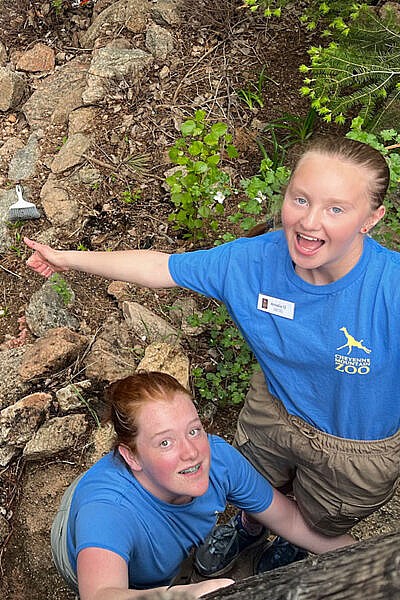

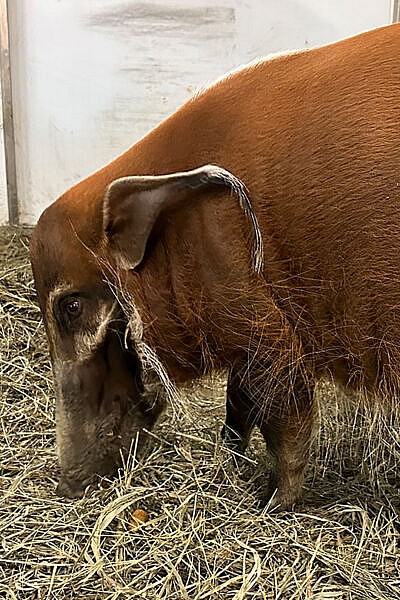



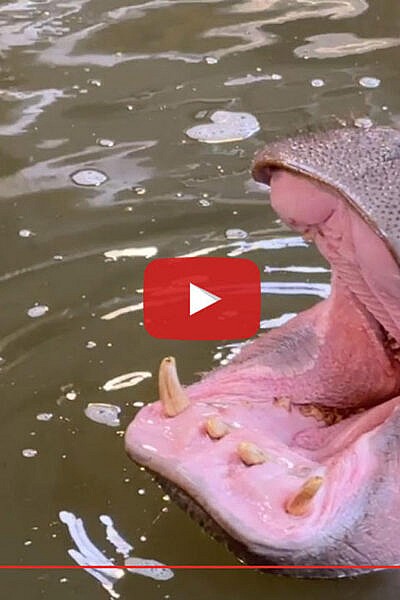

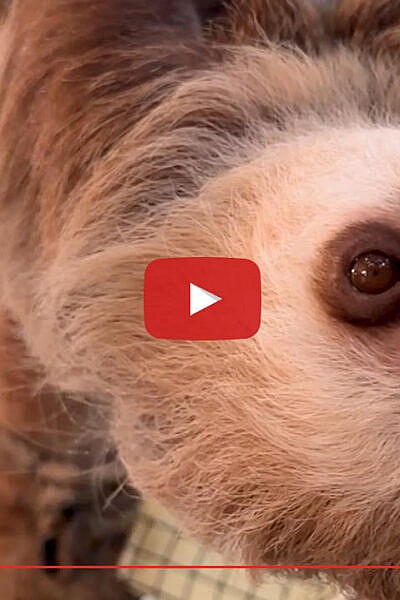
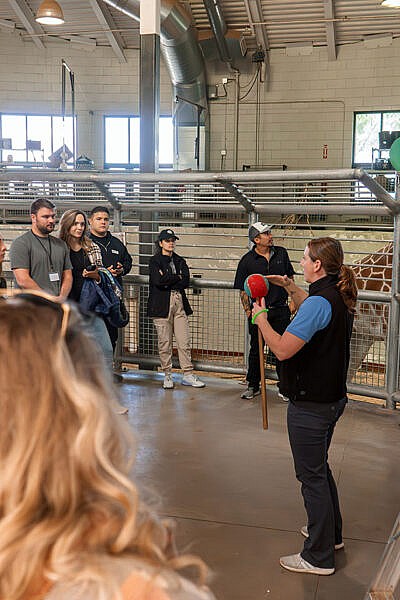



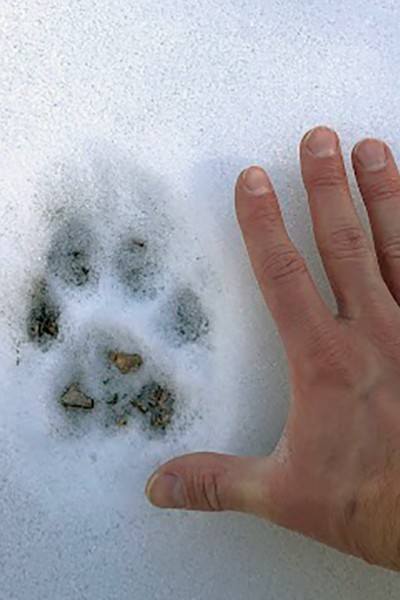


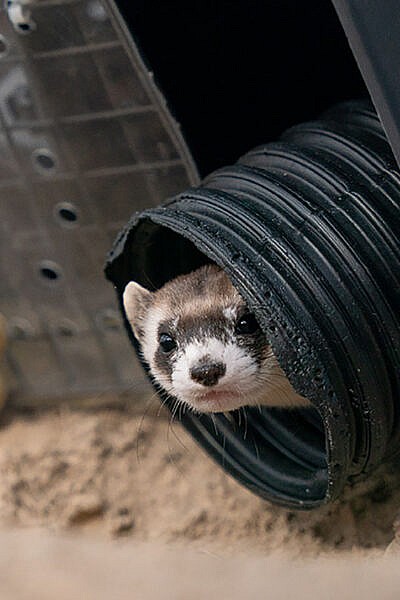
 It was a big year to celebrate for black-footed ferret (BFF) conservation enthusiasts. Including Cheyenne Mountain Zoo’s kits, 417 BFF kits were born into the program. That’s the most kits born in a single year program-wide in a decade!
It was a big year to celebrate for black-footed ferret (BFF) conservation enthusiasts. Including Cheyenne Mountain Zoo’s kits, 417 BFF kits were born into the program. That’s the most kits born in a single year program-wide in a decade!


